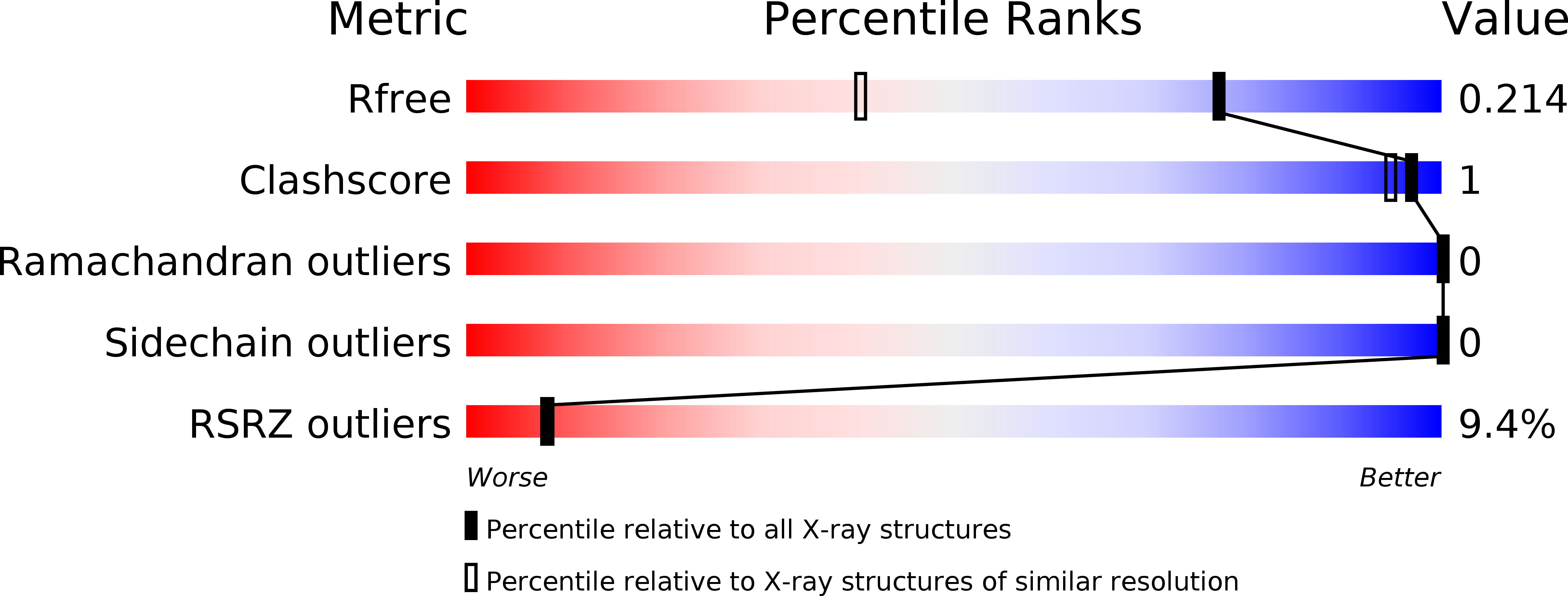
Deposition Date
2010-05-18
Release Date
2010-07-28
Last Version Date
2024-05-08
Method Details:
Experimental Method:
Resolution:
1.50 Å
R-Value Free:
0.19
R-Value Work:
0.16
R-Value Observed:
0.16
Space Group:
P 41 3 2


